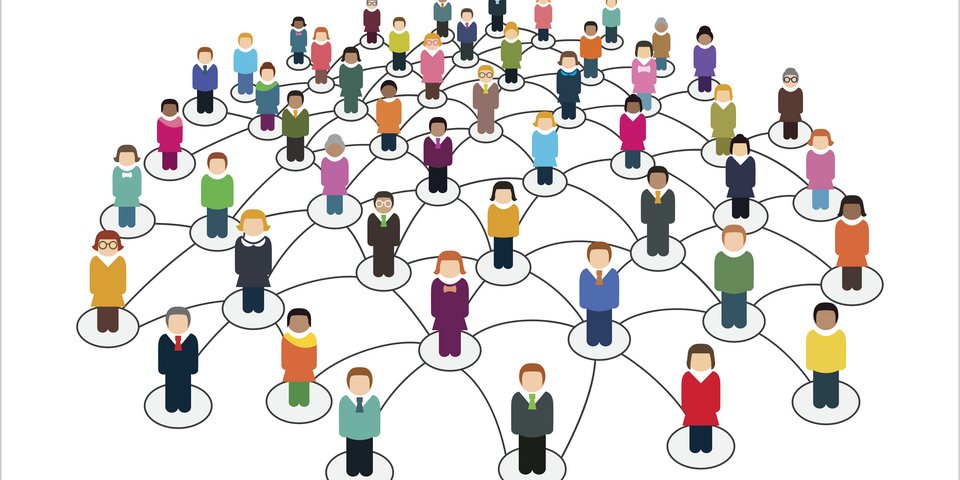 iStock - aelitta
iStock - aelittaInternational Pandemic Agreement
No compulsory licences for vaccines, but definite commitments to supply poorer countries.
UM – 05/2025
There has been an international struggle
for a pandemic agreement since 2020. COVID-19 made it very clear that the world
was extremely inadequately prepared for global health crises. Now the time has
come: Five years on mid-April this year, the World
Health Organisation (WHO) announced that 190 countries had agreed on a
proposal for the pandemic agreement. The proposal comes at a time when the WHO
is facing the withdrawal of its largest contributor, the USA.
The pandemic agreement also obliges the
participating countries to intensify their monitoring of health threats and to
exchange diagnoses, medicinal products and vaccines more quickly. The
transmission of viruses from animals to humans should also be prevented
whenever possible, antimicrobial resistance should be combated and national
healthcare systems should also be reinforced. This comes at a time when, at
least in Europe, the systems are under severe demographic strain and growing
right-wing populist forces are turning their backs on multilateralism.
Voluntary technology transfers
The WHO's success in bringing the pandemic
agreement to a successful conclusion is generally considered to be a major
success. However, there is also criticism that the agreement has been watered
down over time. Reaching agreement on the “technology transfer clause” proved
particularly difficult. This agreement regulates intellectual property rights
and other instruments used during the production of medicinal products and
vaccines. This agreement pitted low-income countries against wealthy
industrialised countries as well as the EU. There was a dispute about the
so-called ‘patent waiver’ for years and thus, the granting of compulsory
licences to countries in need. This is now off the table. The result is that
technology transfers will remain voluntary. Germany had also argued in favour
of this.
Stockpiling for poorer countries is now mandatory
Alternatively, the proposed agreement
states that the ‘participating manufacturers’ should make twenty per cent of
their medicinal products and vaccines available to a supply reserve for poorer
countries and ten per cent of this should be donated. The USA's withdrawal from
the WHO, which will come into effect in January 2026, is problematic at this
point. This regulation will probably not apply to US producers as the US is not
expected to ratify the treaty. This will create large gaps in the WHO's reserves.
Benefit-sharing has yet to be agreed upon
The benefit-sharing issue has also not been
fully resolved. This involves countries supplying drug manufacturers with
pathogen samples in order to gain access to medicinal products and vaccines. It
has been agreed that this system, known as PABS (Pathogen Access and Benefit
Sharing), should be implemented. However, the exact details are still unclear
and they will be clarified in the coming months and attached to the agreement.
The agreement will now be submitted for
consideration and adoption by the World Health Assembly, which
will meet in Geneva from May 19 to 27. It will come into force once 60
countries have ratified it.
